For Teachers
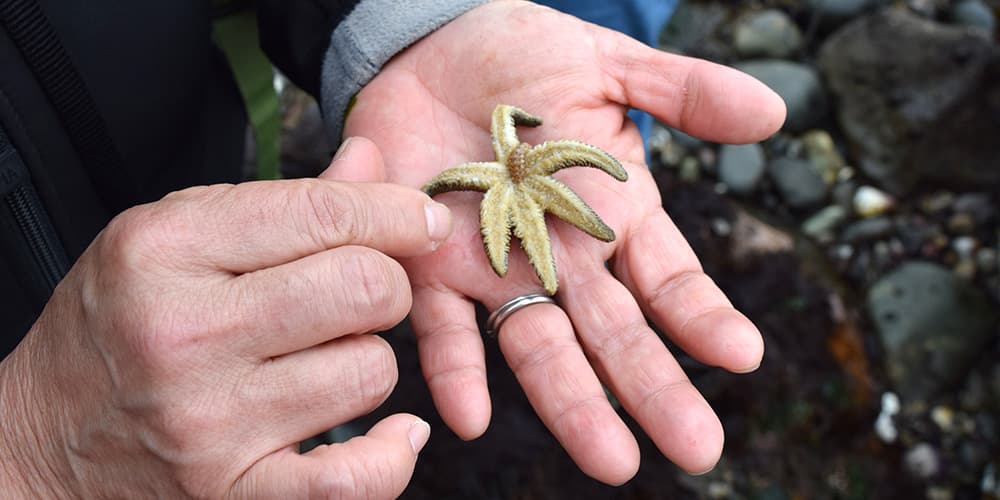
Olympic Coast National Marine Sanctuary provides a natural classroom for students to learn about ocean science and stewardship. A day at the beach or a virtual visit to the deep sea allows us to explore some of the mysteries of the vast ocean.

NOAA National Marine Sanctuaries Teacher Resources
Search national marine sanctuaries resources and training that support ocean literacy in classrooms.
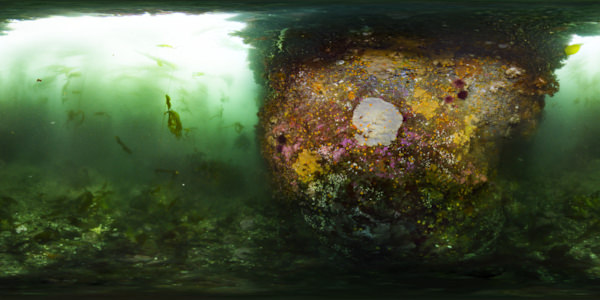
Sanctuaries 360° Virtual Reality Lessons
Sanctuaries 360° is a collection of immersive underwater virtual reality experiences to explore from the comfort of your home.

Olympic Coast MATE ROV
Remotely operated vehicles (a.k.a. underwater robots or ROVs) inspire and challenge students to learn and creatively apply science, technology, engineering, and math (STEM) to solve real-world problems and strengthen their critical thinking, collaboration, entrepreneurship, and innovation.
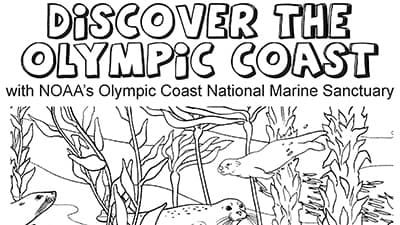
Discover the Olympic Coast (grades 3-5)
Discover the diverse habitats and organisms of the Olympic Coast through fun activities. Learn about the complex marine food web, looking at predator prey relationships, adaptations for survival in marine habitats, and the interdependence of a healthy, balanced food web that includes humans.

Sanctuary Splash: Acoustics of Cetaceans (grades 5-6)
Students will experience listening to whale vocalizations and will participate in simulations of sound perception and efficiency of sound transfer through matter.
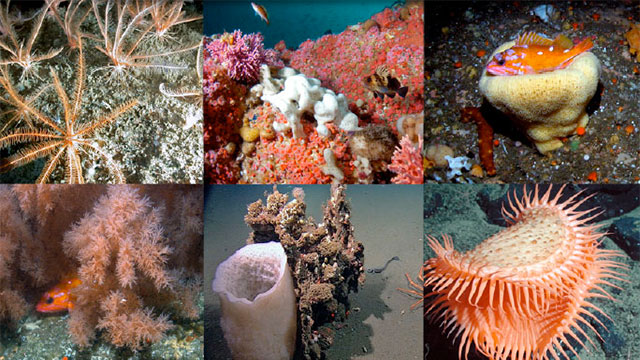
Deep Coral Communities (grades 9-12)
Deep-sea coral communities along the West Coast are home to many diverse species. This curriculum takes students into the deep sea to identify the soft corals, hard corals, invertebrates, and fish found in these communities and to investigate the unique biology of deep-sea corals.
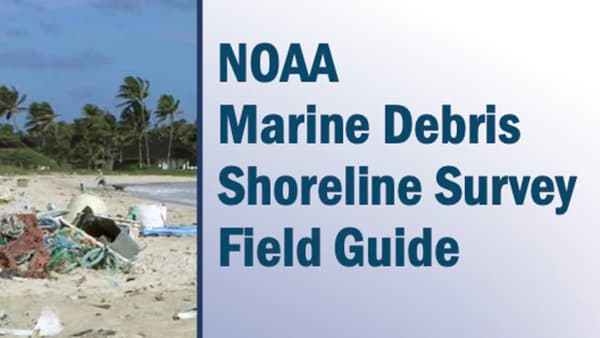
Marine Debris Beach Monitoring
"Adopt-a-beach" near your school to collect baseline data on the occurrence of marine debris. Protocols for the survey are from the NOAA Marine Debris Shoreline Survey Field Guide. Students also conduct a beach cleanup while monitoring for trash.
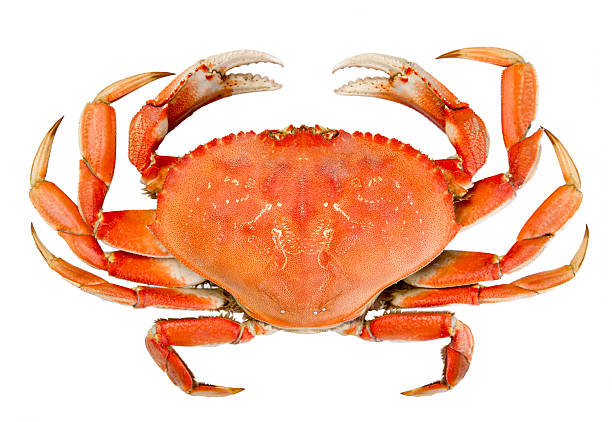
Dungeness Crab Ocean Acidification Toolkit
This communication toolkit is designed for educators and communicators to use to teach others about the impact of ocean acidification on Dungeness crab.
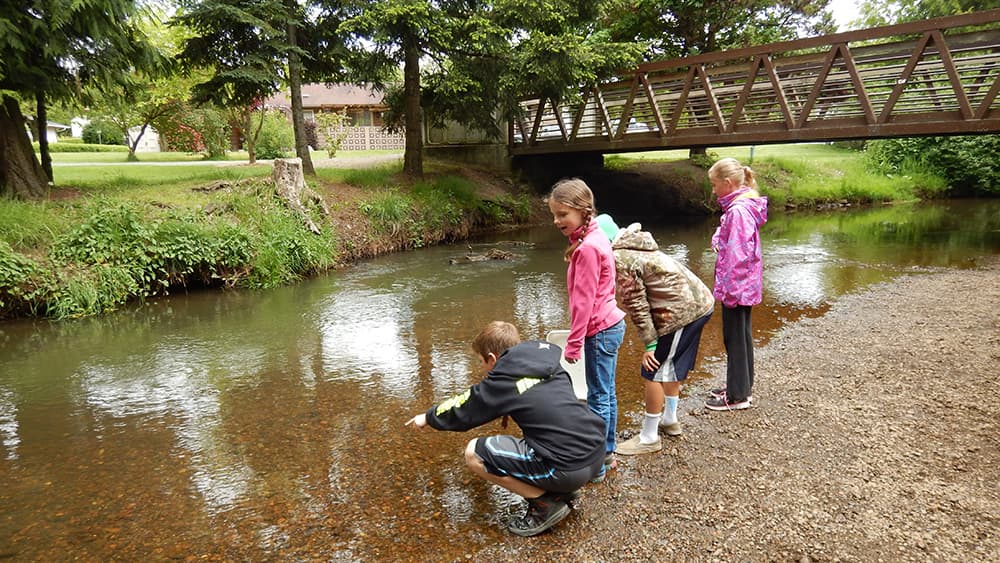
B-WET
NOAA B-WET (Bay Watershed Education and Training Program) is an environmental education grant program that promotes meaningful watershed educational experiences in the K-12 environment.
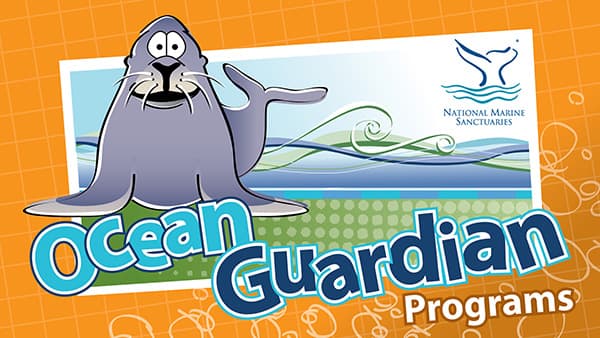
Ocean Guardian Programs
Ocean Guardian programs encourage children to explore their natural surroundings to form a sense of personal connection to the ocean and/or watersheds in which they live.
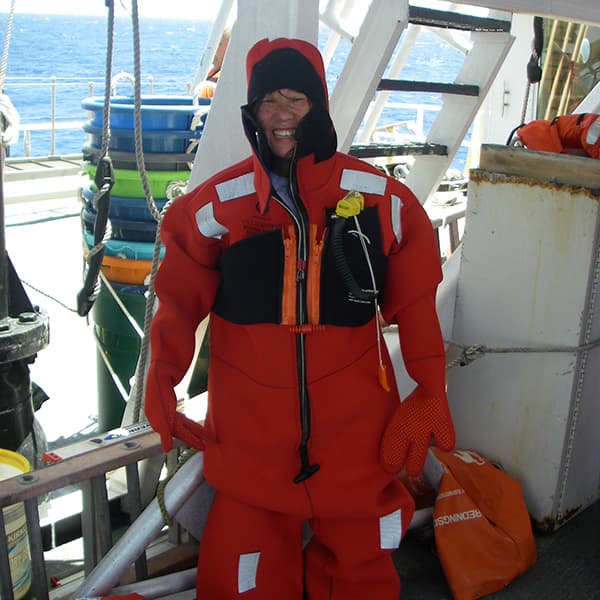
NOAA Teacher at Sea
NOAA Teacher at Sea Program enables teachers to work with NOAA scientists and gain first-hand experience of science and life at sea.

